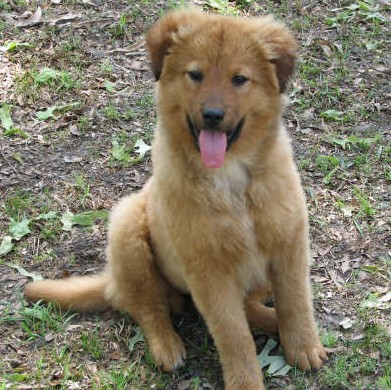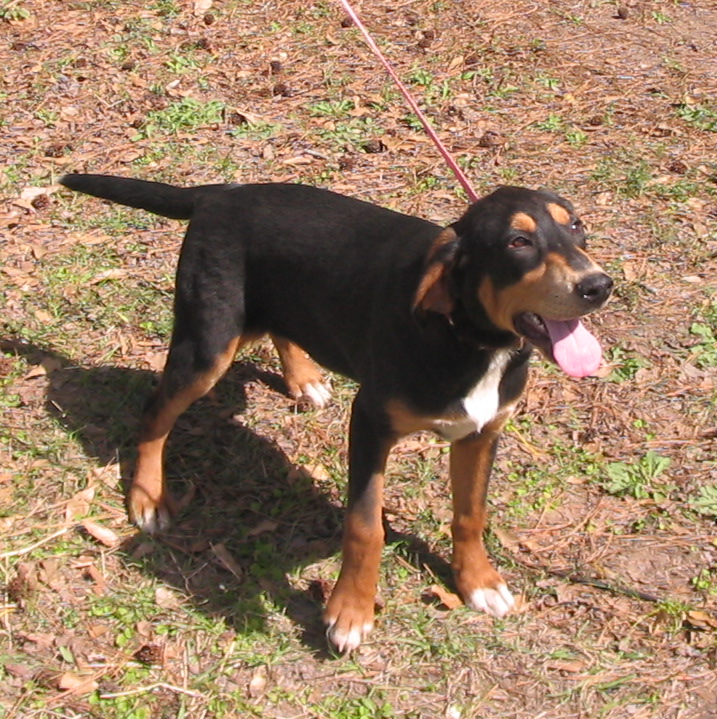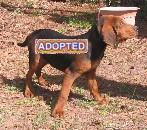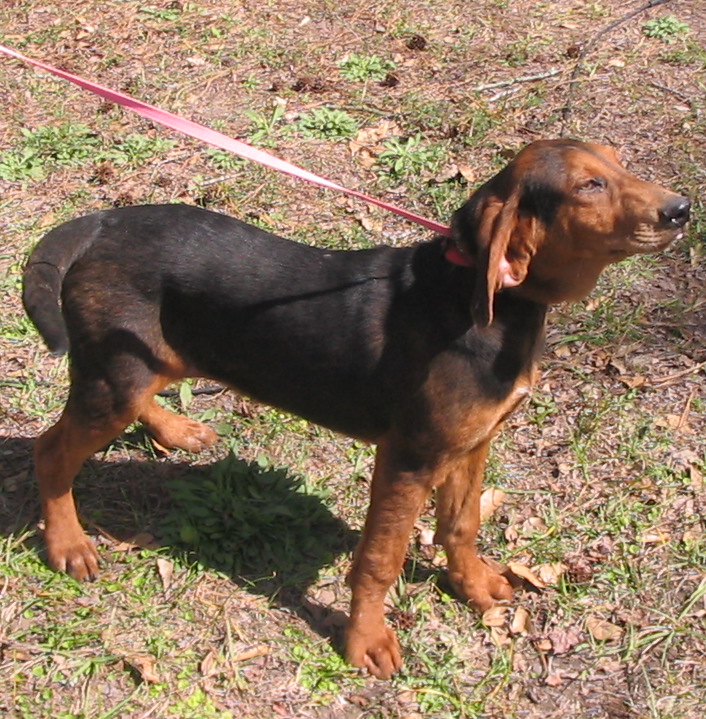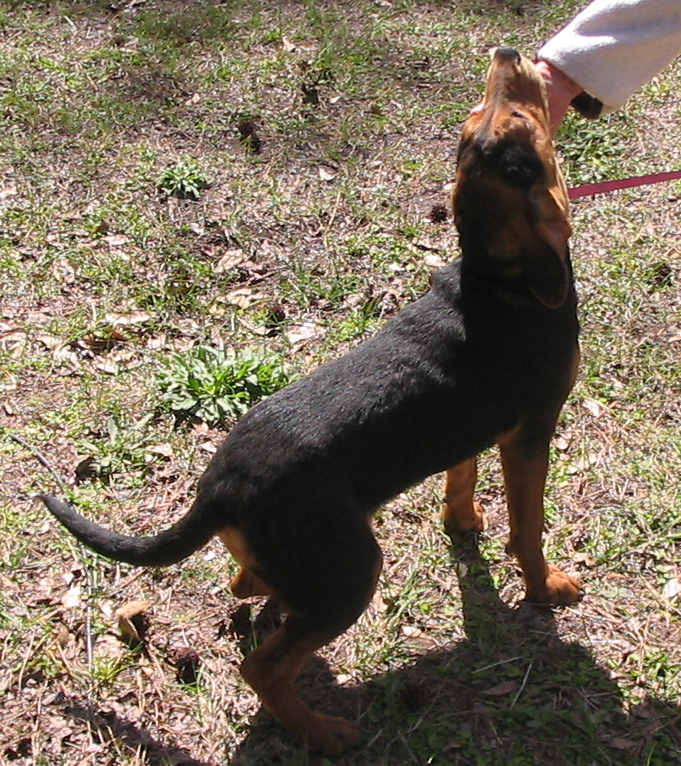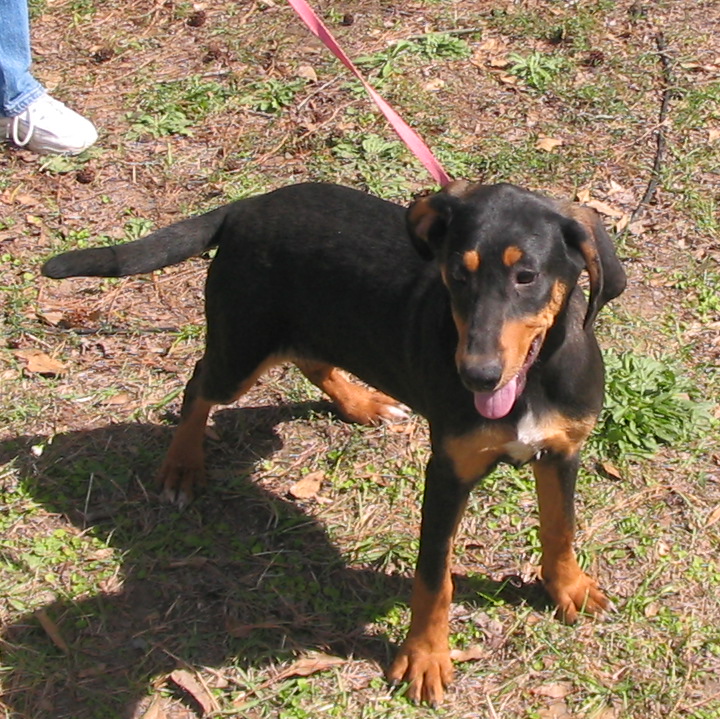
ANIMAL
RESCUE
Adopt a dog or adopt a cat and you'll have a friend for life!
Contact us, or contact another local humane society, animal shelter or SPCA.
 Cats
Cats However, the animals have survived and are still fascinating. They have often been used as symbols of beauty, grace, mystery, and power, and they have been favorite subjects for many artists and writers.
Today, the domestic cat (house cat) is second only to the dog in popularity as a house pet. No one knows exactly how many domestic cats there are in the United States, but researchers estimate that more than 30 million are owned as pets.

The dog (Canis lupus familiaris) is a subspecies of the wolf, a mammal of the Canidae family of the order Carnivora. The term encompasses both feral and domestic variants. It is also sometimes used to describe wild canids of other subspecies or species.
Over time, the dog has developed into hundreds of breeds with a great degree of variation. For example, heights at the withers range from just a few inches (such as the Chihuahua) to roughly three feet (such as the Irish Wolfhound); colors vary from white through grays (usually called blue) to black, and browns from light (tan) to dark ("red" or "chocolate") in a tremendous variation of patterns; and coats can be anything from very short to several centimeters long, from coarse hair to something akin to wool, straight or curly, or smooth.
|
2007-03-22
Pooh Baby's Page |
2007-03-21
Little Bit's Page |
2007-03-01
|
2007-03-01
|
|
2007-03-01
Little Boy's Page |
2007-03-01
|
2007-03-01
Minni's Page |
2007-02-28
my page
|
Dogs have been domesticated for most of human history and have thus endeared themselves to many over the years. Stories have been told about brave dogs that served admirably in war or that risked their lives to save persons in danger. When Pompeii--the Roman community destroyed by Mount Vesuvius in AD 79--was finally excavated, searchers found evidence of a dog lying across a child, apparently trying to protect the youngster. Perhaps few of the millions of dogs in the world may be so heroic, but they are still a source of genuine delight to their owners.
A dog fits easily into family life. It thrives on praise and affection. When a master tells a dog that it is good, the animal happily wags its tail. But when a master scolds a dog, it skulks away with a sheepish look and with its tail tucked between its legs.
People in the city as well as those in other areas can enjoy a dog. Medium-size or small dogs are best suited for the confines of the city. Large dogs need considerable exercise over a large area.
Dogs are not always well thought of, however. In recent years dogs in the city have been in the center of controversy. Some people have criticized dog owners for allowing their pets to soil sidewalks and lawns, although in some cities laws oblige owners to walk their dogs along street curbs. In turn, dog owners have argued that the animals serve as protection against vandals and burglars and thus protect their detractors as well as their owners.
When a person decides to own a dog, he should be prepared to care for it properly. For a dog to stay healthy it must be correctly fed and adequately groomed, and its medical needs must be met. For a dog to be well-mannered it must be properly trained. It should never be ill-treated or mishandled. Otherwise, it will bite in its own defense.
The wild ancestors of all dogs were hunters. Wolves and other wild relatives of the dog still hunt in packs for their food. Dogs have retained the urge to be with the pack. This is why they do not like to be left alone for long. Some breeds of dogs still retain the hunting instinct.
Dogs exist in a wide range of sizes, colors, and temperaments. Some, such as the Doberman pinscher and the German shepherd, serve as alert and aggressive watchdogs. Others, such as the beagle and the cocker spaniel, are playful family pets, even though they were bred for hunting. Still others, such as the collie and the Welsh corgi, can herd farm or range animals. Each of the dogs just mentioned is a purebred. A mongrel dog, however--one with many breeds in its background--can just as easily fit into family life.
Dogs have been with humans since prehistoric times. Over the years they have performed various services. They have pulled sleds over snowy tracts. They have delivered messages, herded sheep and cattle, and even rescued persons trapped in the snow. Dogs have served as a source of food, too. The ancient Romans are said to have prized certain kinds of dog stew. The Aztecs of ancient Mexico raised tiny dogs, thought to be the forebears of the chihuahua, to feed the large carnivores in the private zoos of the Aztec rulers. In the past dogs have even been worshiped as gods. Recently, they have been used in drug research, medical experimentation, and space science. Soviet scientists launched dogs into space to test the ability of mammals to survive the rigors of space travel before people were sent up.
Dogs are trained as guard dogs in peacetime by the United States Army and other military services. Because of their keen sense of smell, dogs are used by police at times to track down escaped prisoners. Law enforcement agencies also rely on the dog's acute sense of smell to uncover illegal drugs. And specially trained dogs serve as the "eyes" of the blind, guiding the steps of their sightless masters around obstacles and hazards.
Duck is the common name for a number of species in the Anatidae family of birds. The ducks are divided between several subfamilies listed in full in the Anatidae article. Ducks are mostly aquatic birds, mostly smaller than their relatives the swans and geese, and may be found in both fresh water and sea water.
|
Muscovy Baby Ducks 2wks old, $15.00 pr. 936-653-4876 more pictures |
COMING SOON
|
COMING SOON
|
COMING SOON
|
If you find a wild duck's nest on your property and don't see the mother on the eggs, don't necessarily worry. Ducks lay an egg every day or two until they have a full clutch (usually 8 to 15); only then will the mother start to sit on them. It takes the eggs 28 days to hatch from when she starts sitting all the time. When they hatch, she will soon lead them to a nearby body of water. The father takes no part in caring for the eggs or young.
Another question I'm commonly asked is about sexing them. This is pretty easy for all the Mallard-derived ducks (all the domestics except Muscovies); there are two main clues. First is that, by about 10 weeks of age, the voice of the female is a loud quack, while that of the male is soft and whispery. Second, later on the males develop a curled feather (the drake feather) on top of the tail. In Muscovies, by three months or so, the males are nearly twice as large as the females. I've found that in younger Muscovies, the feet of the males are often relatively larger, but I don't know if you can count on this. Very young ducklings have to be vent sexed. For info and pictures see the waterfowl books described on my Book Page.
Although domestic ducks (except for Muscovies) are all descended from Mallards (Anas platyrhynchos), most of them have been bred so that their bodies are too heavy and wings too small to support flying. Of the mallard-derived breeds, only Calls and some of the other bantam ducks can fly. Muscovies also can fly well, especially the females. Male Muscovies can lumber up in the air and flap about a bit, but they sure don't remind me of birds!
Note that most Mallard-colored drakes, and some of other colors, undergo an Eclipse molt in late summer, after which they are colored like females. They will molt again into male colors later in the year.
Some duck species, mainly those breeding in the temperate and arctic Northern Hemisphere, are migratory, but others, particularly in the tropics, are not. Some ducks, particularly in Australia where rainfall is patchy and erratic, are nomadic, seeking out the temporary lakes and pools that form after localised heavy rain.
Some people use "duck" specifically for adult females and "drake" for adult males, for the species described here; others use "hen" and "drake", respectively.
Ducks are sometimes confused with several types of unrelated water birds with similar forms, such as loons or divers, grebes, gallinules, and coots.

This article deals with the true geese in the subfamily Anserinae, tribe Anserini. A number of other waterbirds, mainly related to the shelducks, have "goose" as part of their name.
True geese are medium to large birds, always (with the exception of the N?n?) associated to a greater or lesser extent with water. Most species in Europe, Asia and North America are strongly migratory as wild birds, breeding in the far north and wintering much further south. However, escapes and introductions have led to resident feral populations of several species. More-->
|
COMING SOON
|
COMING SOON
|
COMING SOON
|
COMING SOON
|
The domestic breeds of geese are not generally capable of flight, although with a tail wind and a running start they can sometimes clear a 4-5 foot fence, especially if it's downhill. And if really scared and with a tail wind, if they manage to get off the ground some can manage to stay in the air for over a quarter mile.
Most domestic geese are descended from the wild Greylag Goose, but the Chinese and African probably have Swan Goose ancestry.
Sexing geese is only easy for the Chinese and Africans (by the size of their knobs) and the Pilgrims and some European auto-sexing breeds (by color). For the rest you need to vent sex them. For info and pictures see the waterfowl books described on my Book Page.
Housing: Domestic geese don't need much for housing. Just shelter from the worst weather and wind. They are covered with goose down! Some people just make a 2 bale high "U" of hay bales and cover this with plywood, facing the opening towards the south.
Here's an SPPA article on The Neglected Goose and another on American Gray Geese.
And another on the Auto sexing geese.
All geese eat a largely vegetarian diet, and can become pests when flocks feed on arable crops or inhabit ponds or grassy areas in urban environments. They also take invertebrates if the opportunity presents itself; domestic geese will try out most novel food items for edibility.
Geese usually mate for life, though a small number will "divorce"
and remate. They tend to lay a smaller number of eggs than ducks,
however, both parents protect the nest and young, which usually results
in a higher survival rate for the young geese.
Not all couples are heterosexual, as both females and males will form long-term same-sex couples with greater or lesser frequency depending on species (Bagemihl, 1999). Of the heterosexual couples, a significant proportion are non-breeding despite having an active sexual life. See Greylag Goose, Canada Goose, and Snow Goose

Birds are bipedal, warm-blooded, oviparous vertebrate animals characterized primarily by feathers, forelimbs modified as wings, and (in most) hollow bones. All birds reproduce sexually, although parthenogenetic eggs are known to be produced by the domesticated turkey on occasion and are suspected to occur in its wild ancestor.[1]
Birds range in size from the tiny hummingbirds to the huge Ostrich and Emu. The ostrich has bigger eggs than any other bird. like the emu, it cannot fly. Depending on the taxonomic viewpoint, there are about 8,800–10,200 living bird species (and about 120–130 that have become extinct in the span of human history) in the world, making them the most diverse class of terrestrial vertebrates.
Birds feed on nectar, plants, seeds, insects, fish, mammals, carrion, or other birds. More-->
|
COMING SOON
|
COMING SOON
|
COMING SOON
|
COMING SOON
|
Common characteristics of birds include beak with no teeth, the laying of hard-shelled eggs, high metabolic rate, a four-chambered heart, and a light but strong skeleton. Most birds are characterised by flight, though the ratites are flightless, and several other species, particularly on islands, have also lost this ability. Flightless birds include the penguins, ostrich, kiwi, and the extinct Dodo. Flightless species are vulnerable to extinction when humans or the mammals they introduce arrive in their habitat. The Great Auk, flightless rails, and the moa of New Zealand, for example, all became extinct due to human influence.
Birds are among the most extensively studied of all animal groups. Hundreds of academic journals and thousands of scientists are devoted to bird research, while amateur enthusiasts (called birdwatchers, twitchers or, more commonly, birders) probably number in the millions.

|
COMING SOON
|
COMING SOON
|
COMING SOON
|
COMING SOON
|

|
COMING SOON
|
COMING SOON
|
COMING SOON
|
COMING SOON
|
